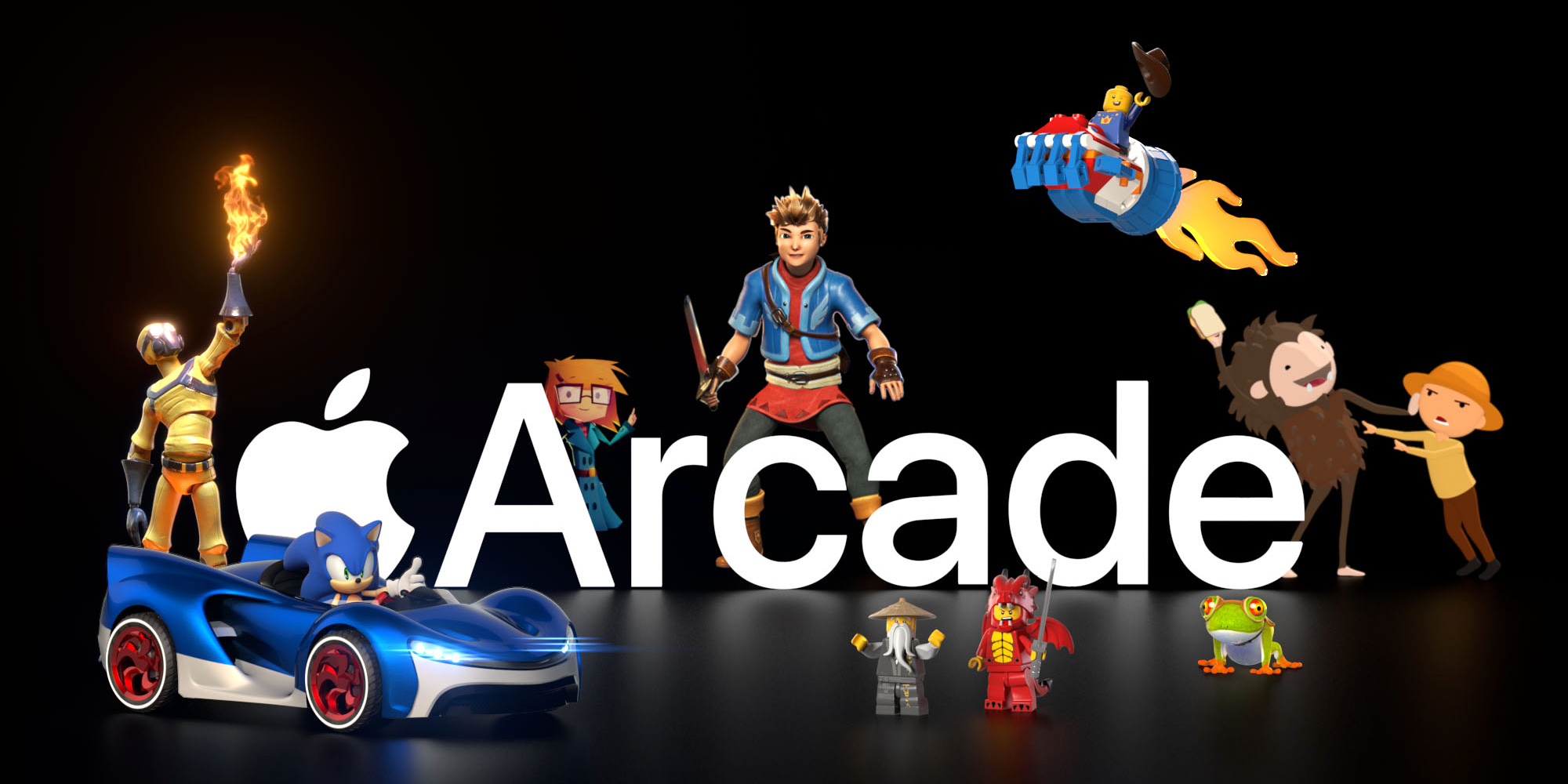Machinarium & Creaks Bundle Download For Mac

Machinarium is a point-and-click adventure. No, really. It’s a point and click adventure. The old-fashioned sort, where one screen can keep you stumped all weekend, where having a notepad to hand is a good idea and where every door and hatchway is guarded by some fiendish puzzle. As amusing as Telltale’s Sam & Max games have been, a few hours in Machinarium’s arcane steampunk world makes you realise just how far the genre has wandered from its traditionally ruthless roots.
Machinarium is the award-winning impartial journey recreation developed by the makers of Samorost, Botanicula and CHUCHEL. Somewhat robotic who’s been thrown out to the scrap yard behind the town should return and confront the Black Cap Brotherhood and save his robot-girl good friend. ' Machinarium ' is a machine-made world, the background dark sky, rugged mountains, random metal buildings and abandoned parts can not give people the first impression of waste, or even a rich scene.
- Machinarium is developed and published by Amanita Design. It was released in 16 Oct, 2009. Machinarium is award-winning independent adventure game developed by the makers of Samorost and Botanicula.
- Machinarium is the award-winning independent adventure game developed by the makers of Samorost and Botanicula. Help Josef the robot to save his girlfriend Berta kidnapped by the Black Cap Brotherhood gang.
- Download this game from Microsoft Store for Xbox One. See screenshots, read the latest customer reviews, and compare ratings for Machinarium & Creaks Bundle.
Machinarium Free
It’s the tale of an adorable little robot, cast out from a mechanical city by accident. He must find his way back home, rescue his girlfriend and prevent a gang of robot hoodlums from setting off a bomb. Inventory puzzles are the game’s main currency, but it has a refreshing disposable take on this old genre standard. Shing! digital deluxe edition for mac. Once a puzzle is overcome, items are automatically discarded, so there’s none of the inventory bloat that other adventure games suffer from. It’s a streamlined procession of smaller brain-teasing chunks which lead seamlessly into one another while keeping their mysteries neatly separated.
To begin with, the influence of Samorost – the earlier Flash game by creator Jakub Dvorsky – is hard to miss. Puzzles are restricted to just one screen, calling to mind the familiar truncated explore-and-click aesthetic of old, and it doesn’t take long to work out the sequence of actions needed to shunt your robot pal a little closer to his goal.
Things soon open out though, and in doing so some of the game’s oblique nature begins to act against it. Having snuck past the gates, and been unceremoniously incarcerated by the bullying robot bad guys, escape leads you into the city proper where puzzles begin to stretch across multiple screens, piling on top of one another like waffles. Working out where to start unravelling the sequence of cause and effect becomes more of a problem, and the game’s strict limits on what you can investigate make progress even harder.
Unlike other point-and-clickers, where you can mouse over everything on-screen to see what can be interacted with, Machinarium only lets you tinker with things that are within reach. Your robot chum is flexible as well, capable of scrunching down to floor level or expanding upwards to reach higher locations. Checking each location for useful features therefore becomes a question of painstaking exploration, making sure that every possible combination of position and height has been exhausted in order to clear each location of every usable trinket.

There is, thankfully, a two-tier hint system available. The first option – a lightbulb icon – simply gives you a broad clue as to what you should be trying to do. Like all in-game information, it’s presented as a doodle with no further explanation.
Machinarium.net

If that’s not enough, you can access the walkthrough book, which spells out the exact steps required in a sepia comic strip. This information must be earned, however, by playing through a short mini-game in which you guide a key through a Defender-esque cave to a keyhole. It’s hardly taxing, but it is intrusive enough to make you think twice about reaching for the answers too quickly. I found that sometimes it would kill you as soon as you started, while other times the key would be left floating in an empty void with no end in sight. If that’s punishment for abusing the system, it’s never explained.
Such helping hands are a luxury in the early stages, but become harder to resist as the puzzles begin to overlap. Often, checking the basic hint offering is the best way to find the start of a puzzle thread, rather than traipsing around working out which of the numerous puzzles available can be tackled first. When the puzzle in question involves putting a cat up a didgeridoo, it’s clear that finding the solution through trial and error won’t be achievable for everyone.
The action takes place on a faraway planet, where a spaceship places several metal pieces in a scrap dump.
Among those pieces, there are several parts of the main character's body parts, a small robot that will need your help to keep going level to level.
We'll have to solve some puzzles to beat this level. Like in those old games, we'll have to use the pieces we find in the scenario to do actions and pass the levels.
In short, if you miss some good adventure game action, Machinarium is a great choice to enjoy them all over again.
